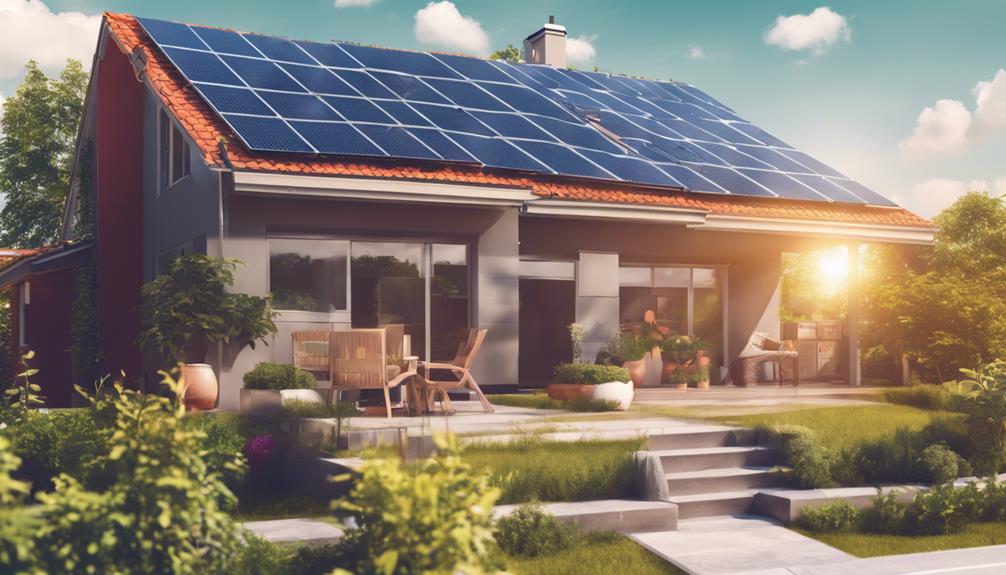
Solar energy has become an increasingly popular alternative to traditional energy sources, leading to a surge in demand for solar cells. If you’re considering investing in solar technology, understanding the solar cell price landscape is crucial. In this post, we’ll explore the factors influencing solar cell prices, the types of solar cells available, and how to make an informed decision regarding your solar investment.
The Basics of Solar Cell Pricing
When discussing solar cell prices, it’s important to recognize that these prices can vary widely based on multiple factors. The average cost of solar cells has been decreasing over the past decade due to advancements in technology, increased production efficiency, and government incentives promoting renewable energy. As of 2023, the average price for solar panels hovers around $0.70 to $1.50 per watt, with various factors influencing these prices. Understanding these factors can help potential buyers navigate the market effectively.
Factors Influencing Solar Cell Prices
Several key factors affect solar cell prices, including material costs, production processes, and market demand. The primary materials used in solar cells include silicon, cadmium, and thin-film technologies. Silicon-based solar cells, being the most common, often have fluctuating prices based on the availability of raw silicon. Additionally, the manufacturing process and efficiency of solar cells play a significant role in determining their cost. Higher efficiency panels may come at a premium, but they can offer better long-term savings on energy bills.
Types of Solar Cells and Their Pricing
Various types of solar cells are available on the market, each with distinct characteristics and price points. The most common types include monocrystalline, polycrystalline, and thin-film solar cells.
– Monocrystalline Solar Cells: Known for their high efficiency and sleek appearance, monocrystalline solar panels are often the most expensive option, typically priced between $1.00 and $1.50 per watt.
– Polycrystalline Solar Cells: These panels are generally less expensive, ranging from $0.70 to $1.20 per watt. While they are slightly less efficient than monocrystalline panels, they offer a cost-effective solution for homeowners.
– Thin-Film Solar Cells: These are the most affordable option, priced around $0.50 to $1.00 per watt. However, they require more space and are less efficient, making them suitable for specific applications.
Understanding these types can help consumers make informed decisions based on their budget and energy needs.
Government Incentives and Solar Cell Prices
Government incentives can significantly affect solar cell prices. Many countries and states offer tax credits, rebates, and other financial incentives to encourage solar adoption. In the United States, the Federal Investment Tax Credit (ITC) allows homeowners to deduct a percentage of their solar installation costs from their federal taxes. Such incentives can lower the overall investment cost, making solar energy more accessible for many households. As you evaluate solar cell prices, it’s essential to factor in these potential savings.
Long-Term Savings vs. Initial Costs
When considering solar cell prices, it’s crucial to weigh the initial investment against the long-term savings on energy bills. While the upfront costs of solar panels may seem high, the long-term benefits can outweigh these expenses. Homeowners can save thousands of dollars over the lifespan of their solar panels, typically 25 years or more. Additionally, solar energy can increase property value, making it a sound investment.
Calculating the return on investment (ROI) for solar energy can provide clarity on the financial benefits. Use tools available online to analyze your potential savings based on your location, energy usage, and local electricity rates.
The Importance of Quality When Considering Solar Cell Prices
While price is a critical factor when selecting solar cells, quality should never be compromised. Cheaper options may save you money upfront but could lead to higher maintenance costs or reduced efficiency over time. It’s essential to consider warranties and the reputation of the manufacturer. High-quality solar panels often come with longer warranties, indicating a manufacturer’s confidence in their product. Researching customer reviews and expert ratings can help you gauge the reliability and performance of different solar cell brands.
Where to Buy Solar Cells: Making an Informed Choice
Finding the right source for purchasing solar cells can make a significant difference in your investment. Solar cells can be acquired from various suppliers, including local home improvement stores, specialized solar retailers, and online platforms. When choosing a supplier, consider factors such as pricing, customer service, return policies, and installation options. Engaging with a reputable installer can also provide additional insights into the best solar cell options for your needs.
Future Trends in Solar Cell Pricing
As technology continues to evolve, the solar cell market is expected to undergo further changes in pricing. Innovations in solar technology, such as bifacial panels and building-integrated photovoltaics (BIPV), may lead to new pricing structures. Moreover, as the demand for renewable energy grows, economies of scale could drive costs down even further. Staying informed about industry trends can help consumers make timely and beneficial decisions regarding their solar investments.
In conclusion, understanding solar cell prices is essential for anyone considering solar energy. By exploring the factors influencing prices, the types of solar cells available, and the long-term benefits of solar energy, you can make an informed decision that aligns with your energy needs and budget. Remember to consider quality and supplier reputation, and take advantage of available government incentives. With proper research and planning, investing in solar energy can lead to significant savings and a positive environmental impact.





